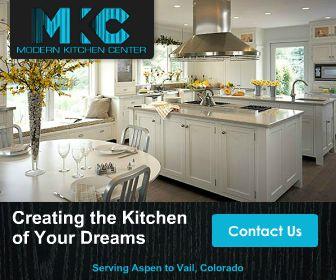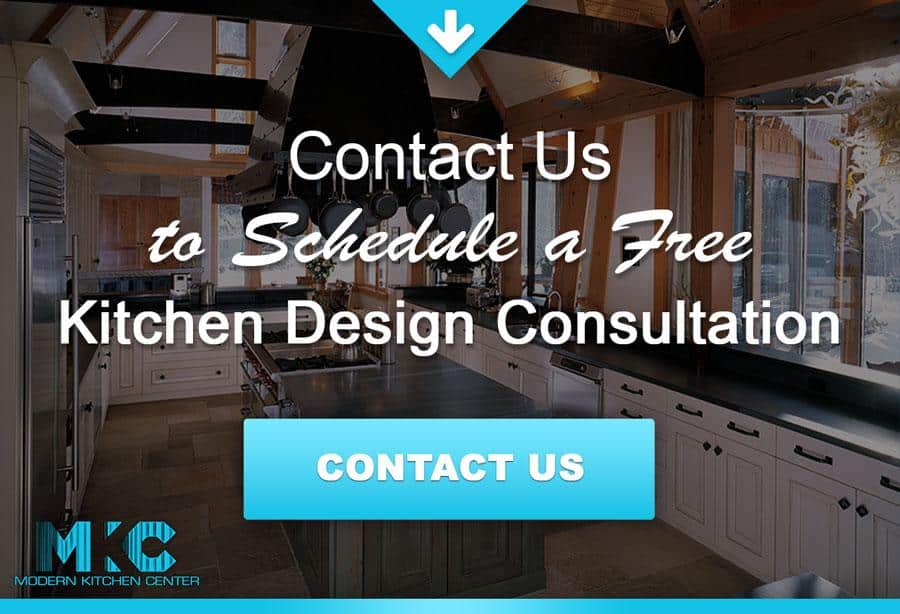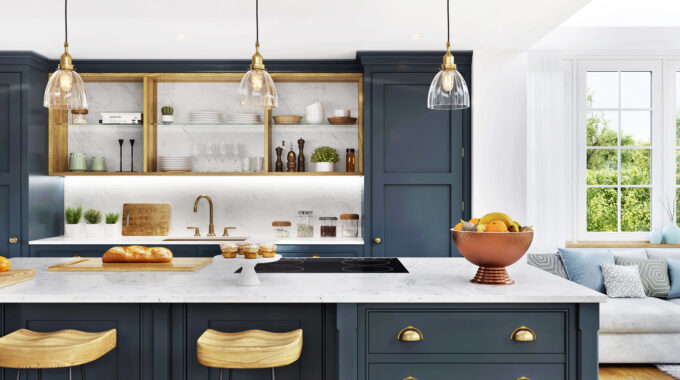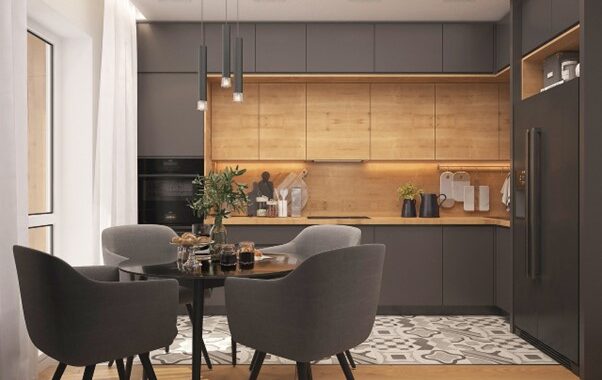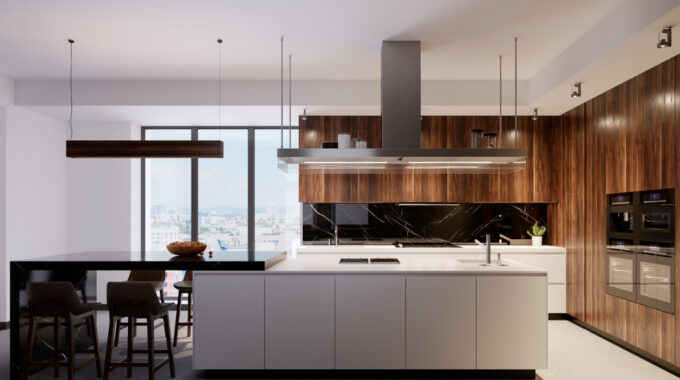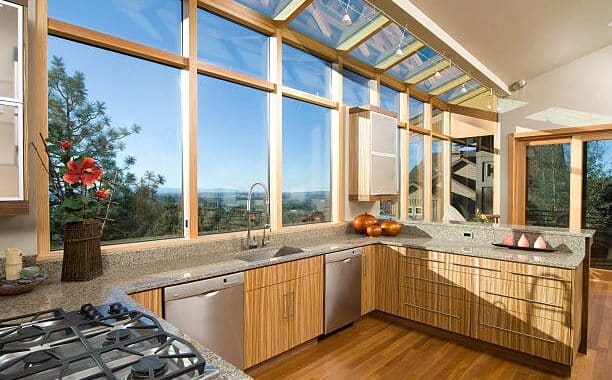
17 Ways to Custom Design Your Kitchen
The process of renovating a kitchen is constantly evolving, as is how we cook and consume in them. Today’s kitchens are used for everything from cooking to entertaining to working and even resting. A kitchen must be meticulously planned from start to finish. These step-by-step guidelines will help you balance all of your innovative kitchen ideas.
1. Design the Process
An expert can help you design a kitchen, but only if you work closely with them. The design of your kitchen is significantly impacted by how you want to utilize it. Inspect each stage of the design process to ensure that it meets your needs in terms of layout and functionality.
2. Make a List of Features
Make a wish list of all the features you desire in your dream kitchen. Let your imagination run wild. What high-tech gadgets do you crave? Make a list of your preferred items. Consider what’s wrong with your current setup and how to fix it. You can ask your designer for help with intangible ideas like mixed-material cabinetry and alternate countertop treatments.
3. Take Inspiration from Social Platforms
Check out famous social media sites like Pinterest and Instagram for home decor ideas. Magazines and brochures can also inform you about current kitchen trends. Ultimately, the more you look, the more you’ll discover your favorite kitchen design.
4. Set a Budget for Your Kitchen Design
It’s crucial to know your kitchen’s cost upfront. Deciding how far you can go with your wish list depends on your money. Therefore, you must determine your financial resources. Include the plumbing, electrical wiring, lighting appliances, flooring, painting, and other finishing touches. Budgeting for unexpected expenses should include a 10% safety net.
5. Plan Your Space Use
A kitchen’s layout is significantly more than just fitting everything in; it’s about how you use the space. Take stock of your needs and how you wish to use the space. Nowadays, a designer approaches the kitchen layout by thinking in terms of moments. In vast spaces, keep prep, cook, and wash stations close together to maximize efficiency.
6. Take Measurements
An intelligent kitchen layout and appropriate storage are more vital than ever when planning a kitchen; however, fitting everything requires precise measuring, which you must undertake before visiting a design professional.
When decorating your kitchen, don’t get carried away with standalone pieces. It should be in the center to provide access to the rest of the kitchen. Kitchen essentials like low fridges and deep drawers can be housed beneath the kitchen island’s tabletop.
7. Consider Layout
Aside from aesthetics, kitchen design ideas are the ideal place to start.
Making the most of available space and planning an ergonomic kitchen layout can improve the cooking experience. Think about how to organize your kitchen appliances, so they’re easily accessible effectively. Cooking tools, pots, and pans go near the oven, whereas dishes go near the sink. Seating near windows and the kitchen’s main thoroughfare between the hallway and the garden are examples of how to incorporate natural light and thoroughfares into your design.
8. Don’t Take Cabinetry for Granted
Consider the aesthetics and mood of your kitchen. If you have an open floor plan, think about how it will function with the rest of the house, not just the living and dining areas. Consider how your kitchen will blend with the rest of your home’s design, as well as the architecture’s style and period. A painted kitchen’s classic charm and ease of repainting make it easy to change its look and feel. A simple paint job can modernize a 20-year-old classic kitchen.
The bulk of the cabinets is an important factor to consider when constructing a kitchen that must balance functionality and beauty. Consider the size of your cabinets and the positioning of key components like a chimney breast framing your range cooker as the focal point. The specifics will depend on your room’s proportions.
9. Decide the Color Combinations
The current need for kitchens with color schemes, patterns, and personalities has rekindled interest in kitchens. You can paint the interior of a glass-fronted cabinet in any color, and customize the door frames and handles. In a country kitchen, bold, warm, and eye-catching wall colors are used because the kitchen is the core of the home, rather than a calm refuge. Brighter splashes can also add depth and character to a neutral kitchen. It’s easy to add individuality to a room by painting a cabinet front, a bar stool, or a shelving unit.
10. Install a Heating Water Tap
Boiling water taps are rapidly replacing traditional mixers. These tanks generally require a 480mm high and 150mm diameter room under the sink.
11. Estimate Sufficient Countertop Space
A kitchen should have at least 600mm of counter space on either side of the sink and stove to wash and cook food. Hot meals near the oven are a must.
Choose an attractive and useful surface. The visual impact of the countertop material in a kitchen design is crucial. Consider the material’s qualities to find the greatest fit for your lifestyle. A well-balanced design is necessary. It’s better to avoid clashing bold styles when using marble effect materials with plenty of veining. Consider utilizing a bold shade of Green for the island and a more muted hue for the other counters.
12. Decide a Proper Kitchen Counter Material
- Quartz surfaces are more resistant to staining, scuffing, heat, and maintenance than natural stone. One of the benefits of quartz is its wonderful marble effects. Quartz is a wonderful alternative for major kitchen remodels that require a consistent surface.
- Real marble is porous and may stain.
- Another artificial option is porcelain, a ceramic material fired at high temperatures to create a hard, nonporous surface resistant to heat and stains. For those who want thinner forms than quartz’s 20/30 mm thickness, further possibilities include book-matched and vein-matched finishes.
- Granite’s natural beauty is ideal for creating a unique style with lasting appeal. Your supplier’s sealant is exceptionally durable and requires little to no maintenance.
- Solid surfaces, like Corian, are made of acrylic resin and minerals, making them impervious to liquids, easy to clean, and pleasant to the touch. For sizes bigger than the maximum slab dimensions (such as 1200/1400x3020mm for a ‘standard’ quartz slab), this material provides substantial design versatility, unlike quartz, granite, and porcelain. This is a typical element in many of our kitchens. The warmth, variety of wood species, and washed, oiled, and stained finishes maintain it appealing.
13. Plan a Kitchen Island
If space allows, kitchen island designs might be a great option. Some uses include a more prep area, a sink, a stove, a bar, or even cooking in front of guests.
14. Determine Your Kitchen Storage Needs
Before building your new kitchen, figure out how much and what kind of storage you’ll need. Since you’ll be spending most of your time in the kitchen, it’s crucial to have everything you need nearby. Well-organized spaces can make you feel more at ease and pleased.
Consider your room as a series of zones, each with its own purpose, and plan appropriately. To connect the kitchen and dining areas, place a dresser on the wall, with dish and cutlery storage close by (or integrated into an island). A 1290mm-wide drawer keeps all your pans in one place, rather than having to hunt through a cupboard to find the casserole dish you need. A pantry or larder closet is the most cost-effective way to store dried and canned goods.
For example, our cupboard door racks hold herbal teas, while our kitchen cabinet shelves have various legumes, nuts, and seeds in recycled glass containers. Using a mobile label printer makes creating simple labels for each container a breeze. Consider a breakfast station or cabinet for your coffee machine, glasses, and biscuits. With bi-fold doors, you can quickly access the cupboard’s contents, and the space below may be used to integrate a fridge drawer for always-available milk.
15. Make Use of Small Spaces
Use every inch of space in a small place. Small kitchen storage options include a drawer with built-in sockets for charging mobile devices (no more ugly wires on the worktop) and a hidden area for recycling baskets or containers. In kitchen design, utility and aesthetics always go hand in hand.
16. Make a Kitchen Lighting Design
Kitchen lighting ideas can set the mood for a dinner party or cleaning and working. Kitchen lighting can make or ruin a design. Think about lighting as the design evolves, so you’re ready to address concerns as they arise.
Dimmable ceiling downlights in kitchens are a popular choice. Turn them up to clean the room; turn them down to make it more peaceful. As useful as a grid of downlights may be, keep in mind that you may need to modify it for steel joists, skylighting TV screens, etc. A downlight should not be placed next to a pendant or against a wall cabinet. You can start by adjusting the grid to your needs.
Black track lighting adds a touch of 1970s elegance to a room. Use them as a single light over the island instead of a pendant. A large, eye-catching pendant can look like a work of art above a kitchen island or breakfast bar. Remember to install switches that automatically turn on and off lights within cabinets such as pantries, breakfast buffets, and wall cupboards. A modest table lamp above the console or dresser connects the kitchen to an open plan room’s dining or living areas.
Because plinth or cornice lighting is unneeded and can make a room look like a spaceship, you should avoid using it. Long runs of cabinetry that end before the ceiling are an exception. A soft glow could be used to accent a dark location to create a harmonious look. Establishing your favorite lighting scenarios is a great idea if you have a smart control system. This is significantly more convenient than fiddling with multiple switches.
Flexible illumination is essential in today’s multi-purpose kitchen. Modern kitchens can be used as a dining area, workspace, or even a temporary classroom. Use appropriate task lighting for the region and type of work being done. A dramatic pendant shade can be coupled with softer mood lighting and dimmers for a dinner party. Experiment with different colors, textures, and light sources to make feature lighting stand out.
When designing a kitchen, consider how the room will be lit. Experts agree that installing new lighting is best done before renovating or designing a new kitchen; afterthought lighting options are limited, the impact is reduced, and mistakes can be costly and difficult to correct.
17. Pick Kitchen Flooring Options
When designing a new kitchen, examine the flooring options. Durability and ease of care are significant factors in kitchen flooring, but they can also add to the area’s beauty and success. Your budget and sense of character, beauty, and practicality influence your choice of material.
Porcelain tiles have been the most popular flooring option in recent years due to their durability, stain and scratch resistance, and compatibility with underfloor heating. Soft, matt porcelain tiles with a limestone effect are popular for kitchen flooring. This tile is easier to clean than highly polished or textured tiles. Wood-effect plank-shaped porcelain tiles are renowned for their character and movement. Try Puzzle if you want the look of encaustic (concrete) tiles but not the maintenance. Create your own floor by arranging shapes and colors in a triangle pattern. The options are unlimited.
Real stone, like limestone, is porous and will ultimately stain and disintegrate, requiring extensive maintenance to keep it looking good. Real wood is intriguing because of its unique characteristics and warmth. For long-term stability, engineered wood, while more durable, must be protected from water.
The finest alternative for a more natural look is laminate. It is a wood particleboard with sealed and protected printed paper over it. LVT (Luxury Vinyl Tiles) are also worth considering for their waterproofness, durability, low cost, and thinness. Always check with your provider before buying any of these underfloor heating products. Cleaning is important when constructing a kitchen, especially when it comes to flooring.
Choose a material that is easy to clean because spills and splashes are unavoidable in busy households. With vinyl flooring, you can add color, pattern, and personality to your kitchen without compromising on safety or quality.
Final Words
And that’s a wrap on 17 ways to custom design your kitchen. Try to incorporate these ideas to renovate your kitchen in the best possible way.



